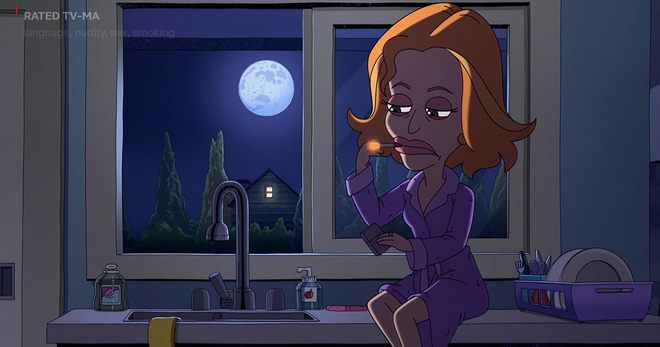Senators urge MPAA to assign R rating to movies with smoking
The Motion Picture Association of America should act to reduce youth exposure to smoking in movies, including by issuing an R rating to movies that feature tobacco imagery, wrote seven U.S. senators in a letter to MPAA Chairman and CEO Charles Rivkin.
A report from the U.S. surgeon general concluded that youth exposure to smoking imagery in movies directly influences youth to start using tobacco, and that assigning an R rating to future movies with smoking imagery would result in an 18 percent decline in the youth smoking rate. The group of senators, led by Sen. Edward J. Markey, asked Rivkin to respond to a list of questions about actions the MPAA will take to address youth movies with tobacco imagery.
A U.S. @Surgeon_General report estimates that giving a R-rating to movies depicting smoking could reduce the number of teen smokers by 20% and prevent up to one million deaths. My colleagues and I are asking @MPAA to consider practices like this to fight youth tobacco use. pic.twitter.com/tDNSHt9Sm2
— Ed Markey (@SenMarkey) June 4, 2018
Sens. Dick Durbin, Richard Blumenthal, Sherrod Brown, Patty Murray, Chris Van Hollen and Kirsten Gillibrand signed onto the letter. They noted that tobacco impressions in movies youth-rated G, PG and PG-13 increased over the past two years to 4.6 billion in 2017, after they declined from 18.2 billion in 2002 to 2.9 billion in 2015.
“Although the evidence connecting smoking imagery to youth smoking initiation is strong, MPAA has yet to take meaningful action to discourage tobacco imagery in films or effectively warn viewers and parents of tobacco’s presence in a movie,” the senators wrote. “Our nation’s dramatic decline in youth tobacco use is a tremendous achievement, but on-screen depictions remain a threat to this progress and threaten to renormalize tobacco use in our society. We cannot afford to lose any ground in this area.”
Truth Initiative® has repeatedly called on the MPAA to assign an R rating to any movie with tobacco use, unless it is a documentary, depicts historical figures who smoked or portrays the negative effects of tobacco use. As part of that effort, Truth Initiative and Trinity Health awarded 10 youth-serving groups across the country “Reinvent the Reel” grants to raise awareness of the issue of smoking in movies and popular culture and advocate for entertainment media companies to implement an R rating for movies with smoking.
“If you’re going to have tobacco imagery, also support our cause as well,” said Edward Rogers, a tobacco prevention advocate for Indiana Black Expo in Indianapolis, Indiana, one of the Reinvent the Reel grantees. “All we’re asking is to apply an R rating to the movie if that’s what you feel you need to have depicted in your film. It’s just as simple as that.”
Tobacco in any form of entertainment contributes to the renormalization of smoking, and the expansion of the media landscape means that there are more opportunities for exposure. Tobacco imagery in entertainment and pop culture — including TV streaming, video games and movies — continues to portray smoking positively, as a normal social behavior and as glamorous, rebellious and edgy.
These images have influence, especially among youth and young adults, who are uniquely susceptible to social and environmental influences to use tobacco. That’s why Truth Initiative convened public health experts, entertainment industry professionals and youth at its most recent Kenneth E. Warner Series to discuss the impact of tobacco imagery in culture. The panel explored why tobacco imagery is making a resurgence and whether entertainment companies have a responsibility to address the issue of tobacco use on screen.
“While smoking becomes ever more unacceptable and marginalized in ‘real life,’ smoking imagery continues to be portrayed positively and extensively in media and pop culture,” said Robin Koval, CEO and president of Truth Initiative. “It’s a dangerous contradiction for young people who take their cues from pop culture and celebrity influencers, and who are especially vulnerable to believe that smoking is more popular than it really is.”
More in tobacco in pop culture
Want support quitting? Join EX Program
By clicking JOIN, you agree to the Terms, Text Message Terms and Privacy Policy.
Msg&Data rates may apply; msgs are automated.



